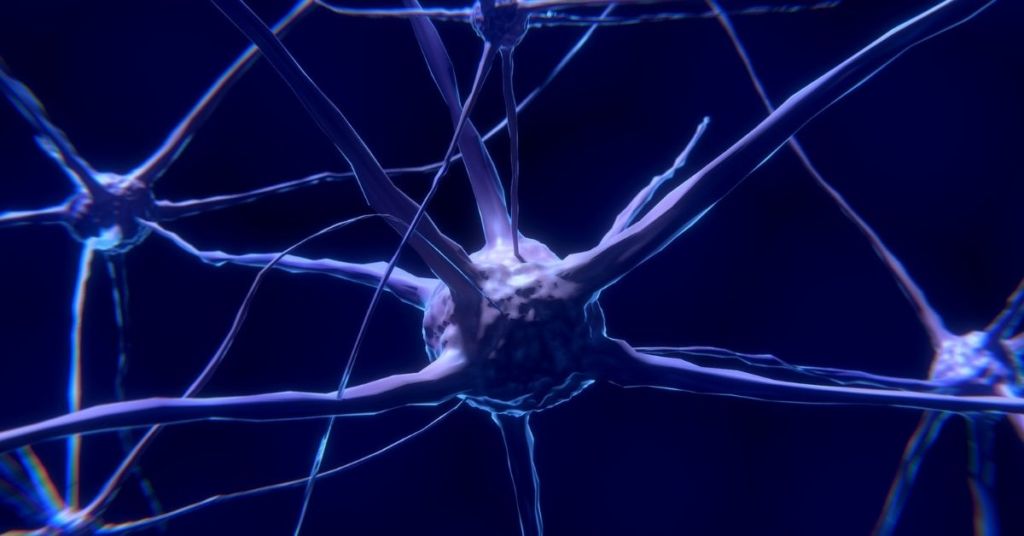Guest Post: Aphantasia – When The Mind’s Eye Is Blind

Close your eyes and try to picture an apple. Can you picture it? If your answer to this is yes, then you are part of approximately 97% of the population who can voluntarily create a mental picture in their head, what is often termed “seeing with the mind’s eye”.
If you cannot, you might have ‘Aphantasia’.
People with aphantasia are unable to picture objects, persons or places despite the fact that these might be familiar to them. Research suggests that aphantasia is a medical condition which is characterised by a person’s inability or very limited ability to create mental images.
Although this phenomenon was first described in 1880 by Francis Galton, it was only in 2015 that the term aphantasia was coined which comes from the ancient Greek words “a” meaning “without” and “phantasia” meaning “imaginations”.
Although the exact neural basis of aphantasia is not well understood, some scientists have found that people with aphantasia were found to exhibit different brain patterns than people without aphantasia.
Most individuals may not know they have this condition and might realise this condition in early adulthood, to their surprise, through conversation or reading. Although individuals may struggle to remember or relive life events, they might draw on memory, knowledge, or their other senses to help them remember things.
Many individuals with aphantasia are self-diagnosed since, to-date, there are no agreed-upon
criteria for diagnosis. Aphantasia is not a single condition but rather seems to exist on a spectrum since different persons with this condition experience varying degrees of inability to create mental imagery.
A person can be born with aphantasia but it can also develop this condition later on in life due to brain injury or due to severe psychological conditions. People with aphantasia report a reduced ability to remember the past, imagine the future, and even dream.
Researchers are only just starting to learn how different the internal worlds of those without mental imagery are, and these fascinating variations show some of the invisible differences that exist among us which has shown that mental experiences are not a universal experience.
Although individuals with aphantasia may not be aware they experience life differently, aphantasic individuals live full and professional lives. In fact, people with aphantasia can also be highly imaginative and can complete many tasks that were previously thought to rely on visual imagery, demonstrating that visualisation is only one of many ways of representing things in their absence.
People like Ed Catmull, the co-founder of Pixar, and Blake Ross, the co-creator of the internet browser Firefox, are two notable people who reportedly have aphantasia.
To-date knowledge about aphantasia is very limited and a number of research projects are underway to help deepen our understanding of aphantasia and how it really impacts the daily livesof those who live with it.
Neurologist Adam Zeman, who coined the term ‘aphantasia’, described aphantasia as “a fascinating variation in human experience rather than a medical disorder”.
Lovin Malta is open to interesting, compelling guest posts from third parties. These opinion pieces do not necessarily reflect the views of the company. Submit your piece at [email protected]
Do you have aphantasia?